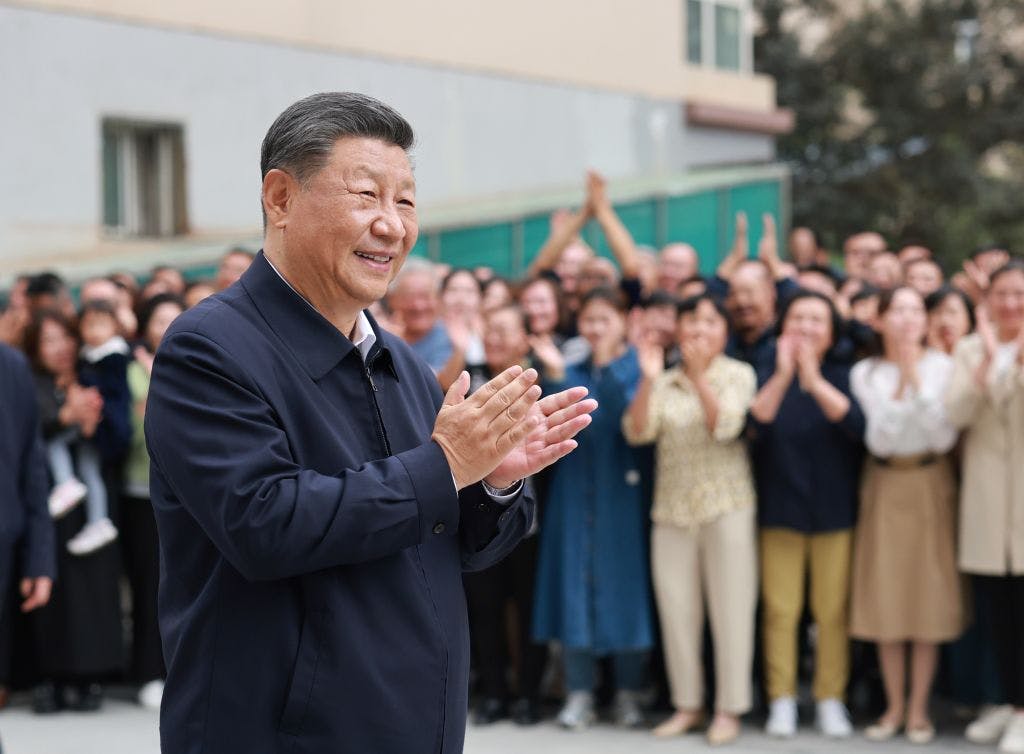Chinese stocks are going wild on new stimulus measures. How long will it last?
Some Chinese equity indexes could really use the help. Others were already primed for a move higher.
Chinese policymakers have finally reached their breaking point.
Authorities in Beijing unveiled a slew of monetary and quasi-fiscal stimulus measures overnight intended to deliver a shot in the arm — if not engineer a genuine turnaround — for the nation’s sagging economy and Mainland stocks.
Here’s a non-exhaustive smattering of the policies:
Cutting mortgage rates on outstanding borrowing (by roughly 50 basis points)
Lowering the minimum downpayment on second homes from 25% to 15%
Reducing the reserve requirement ratio
Trimming its 7-day reverse repurchase rate by 20 basis points to 1.5%
800 billion yuan in “liquidity support” for the stock market
Is this suite of policies sufficient to improve an economy, and in particular, a housing market, in which the supply of credit to would-be homebuyers is a much smaller problem than the fact that around 50 million homes that have already been sold have not been completed (due to financial strains faced by many developers)?
In my mind, this is a rhetorical question. More charitably, let’s just say it’s debatable. No doubt, these will help on the margin, but marginal fixes don’t solve major problems.
For Chinese stocks, on the other hand, whether the fundamentals are that dire or actually fairly rosy depends on your point of view – or rather, which index of Chinese stocks you’re looking at.
Indexes that offer broad exposure to companies that trade on Mainland China exchanges in Shanghai and Shenzhen (known as “A Shares”) are arguably the most linked to China’s economy.
China’s aforementioned “liquidity support” for the stock market is likely to be geared towards A Shares. Frankly, that’s the group that could use the most support, based on persistently negative earnings revisions and lackluster performance. The overnight announcements have pushed an ETF that tracks the CSI 300 — the most commonly quoted gauge of A shares — out of negative territory for 2024.
Compared to the MSCI China Index or the FTSE China 50, the CSI 300 has more exposure to industrials, semiconductors, financial services (brokerages and investment banks), mining, and consumer staples companies.
And the CSI 300 doesn’t include some of China’s most well-known companies like Alibaba, Tencent, Meituan, and JD Inc. Those names are all very well-represented in the MSCI China and FTSE China 50, and are a big reason why 12-month forward earnings per share estimates have picked up more for those indexes than even the S&P 500 over the past three months.
Traders, understandably, are taking the message from Beijing at face value, sending all Chinese indexes sharply higher this morning.
But the fact that this is far from the first time in the past three years that Chinese policymakers have attempted to put a floor under the economy and stock markets — and Mainland stocks were trading at their lowest levels since 2019 — should give some cause for continued concern.
